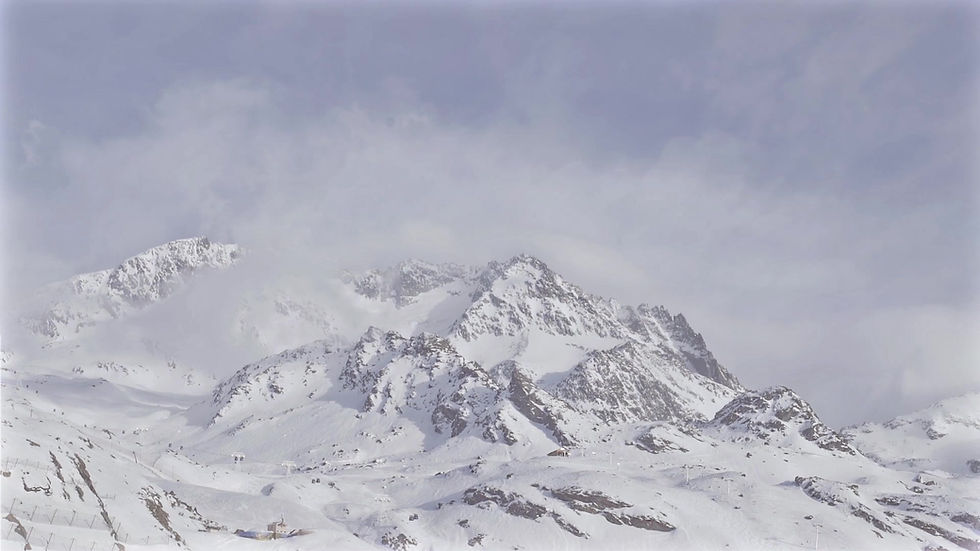
Central Pacific
ABOUT THE REGION
This region of the country extends from the city of Puntarenas to the mouth of the Río Barú, in the area known as Dominical de Osa. It includes three cities that are popular with tourists and well-developed for tourism: Quepos, Jacó, and Puntarenas. The region also encompasses the islands in the Gulf of Nicoya, which are primarily accessed from Puntarenas.
Thanks to its wet, rainy climate, the area boasts rich biodiversity along its beaches and coastal hills. The environment transitions from tropical wet forest to tropical forest, and eventually to tropical dry forest. These diverse ecosystems support a wide variety of plant and animal life, much of which is protected in designated wilderness areas. The region also includes Isla del Coco—a remote island located nearly 600 kilometers from Puntarenas—which falls under the province's jurisdiction.
The main attractions of the region are its coastline and protected natural areas. The coast features numerous beautiful beaches, many of which are less than two hours from San José, making them easily accessible. The area is also home to wildlife refuges, national parks, and biological reserves.
In addition to its natural appeal, the region offers cultural and recreational attractions, including a variety of organized events—particularly sports—that contribute to its vibrant character. The scenic coastal highway linking the Caldera area with Quepos and Manuel Antonio is also a highlight, offering stunning views along the way.
Did you know...?
Manuel Antonio National Park protects 12 islands that serve as important refuges for various species of seabirds.
Exploring the Central Pacific zone
-
175 km of waterways to explore
-
200 km coastline to explore
-
Two protected areas where the forest
meets the beaches


